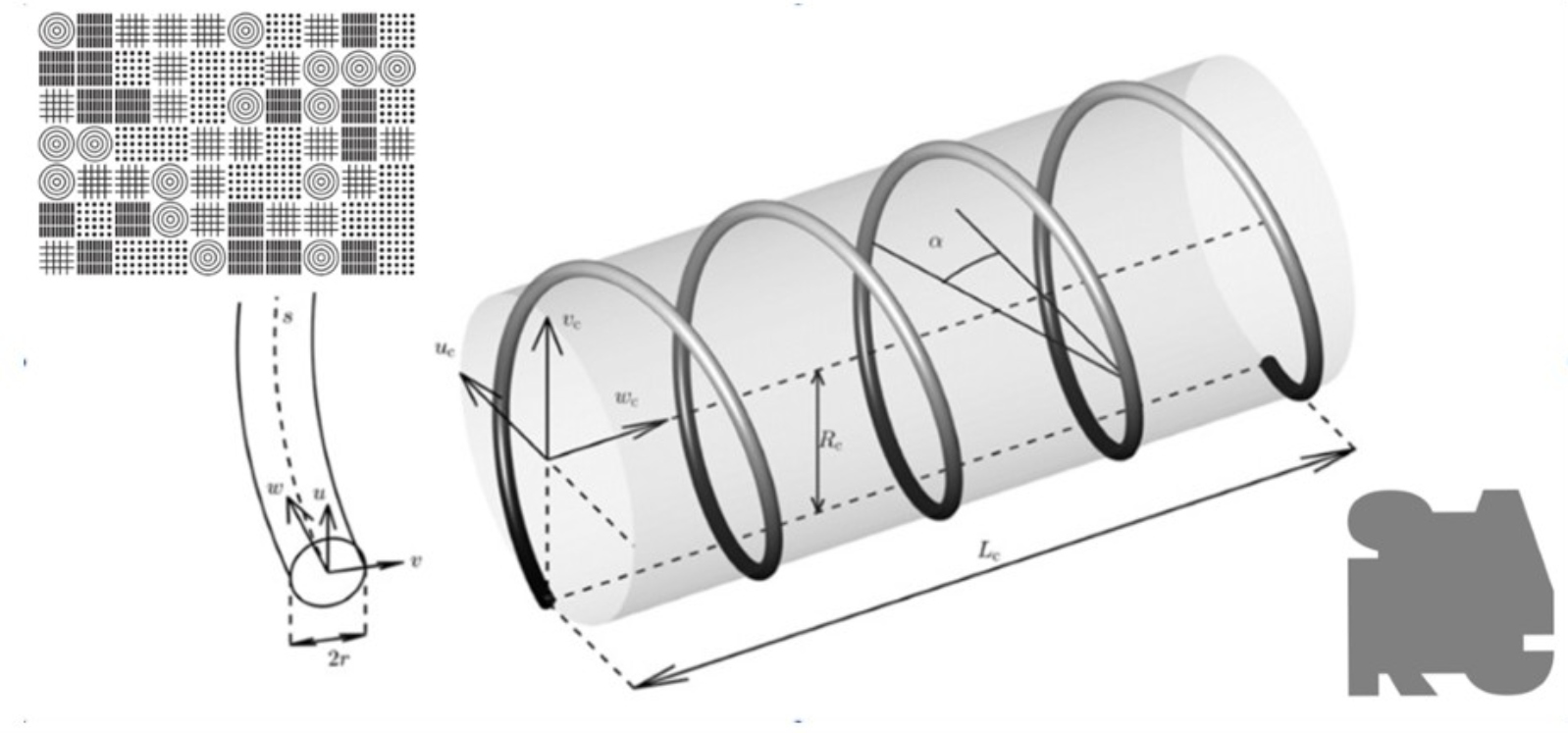Article on spring reverb modelling published in JAES, June 2025
The article "Physical Modeling of a Spring Reverb Tank Incorporating Helix Angle, Damping, and Magnetic Bead Coupling" has been published in the Journal of the Audio Engineering Society

Written by SARC PhD student Jacob McQuillan and co-authors Maarten van Walstijn, Julian Parker, and Miguel Ortiz the spring model developed by Jacob is the first to show a close match with measured impulse responses.
ABSTACT
Reproducing the main features of a spring reverb tank impulse response across the hearing range with a physical model presents unique challenges because of the high levels of coupling between the spring’s vibrational polarizations. Previous attempts based on a model that includes helix angle can accurately simulate helical spring vibrations but see discrepancies in reproducing measured impulse responses due to heavy simplifications in specifying boundary conditions and input/output mechanisms. This paper presents an improved physical modeling approach by incorporating magnetic bead dynamics and frequency-dependent damping. The beads are modeled as coupled beams using a thin form of the spring equations that reduces to thin beam equations in the absence of curvature. Also ensuring the correct geometric alignment between the beads and the spring, the model’s response to rotationally driving the input bead is shown to display the expected mixture of waves traveling along the different spring polarizations. To achieve a similar damping profile as observed in measured impulse responses, different damping parameters are set for each polarization, leading to nonproportional damping and multiple decay rates within small frequency bands. The new formulation results in the main features of measured impulse responses now being reproduced well.
Slow-motion animation of the spring vibration: video
The article is open-access: JAES
